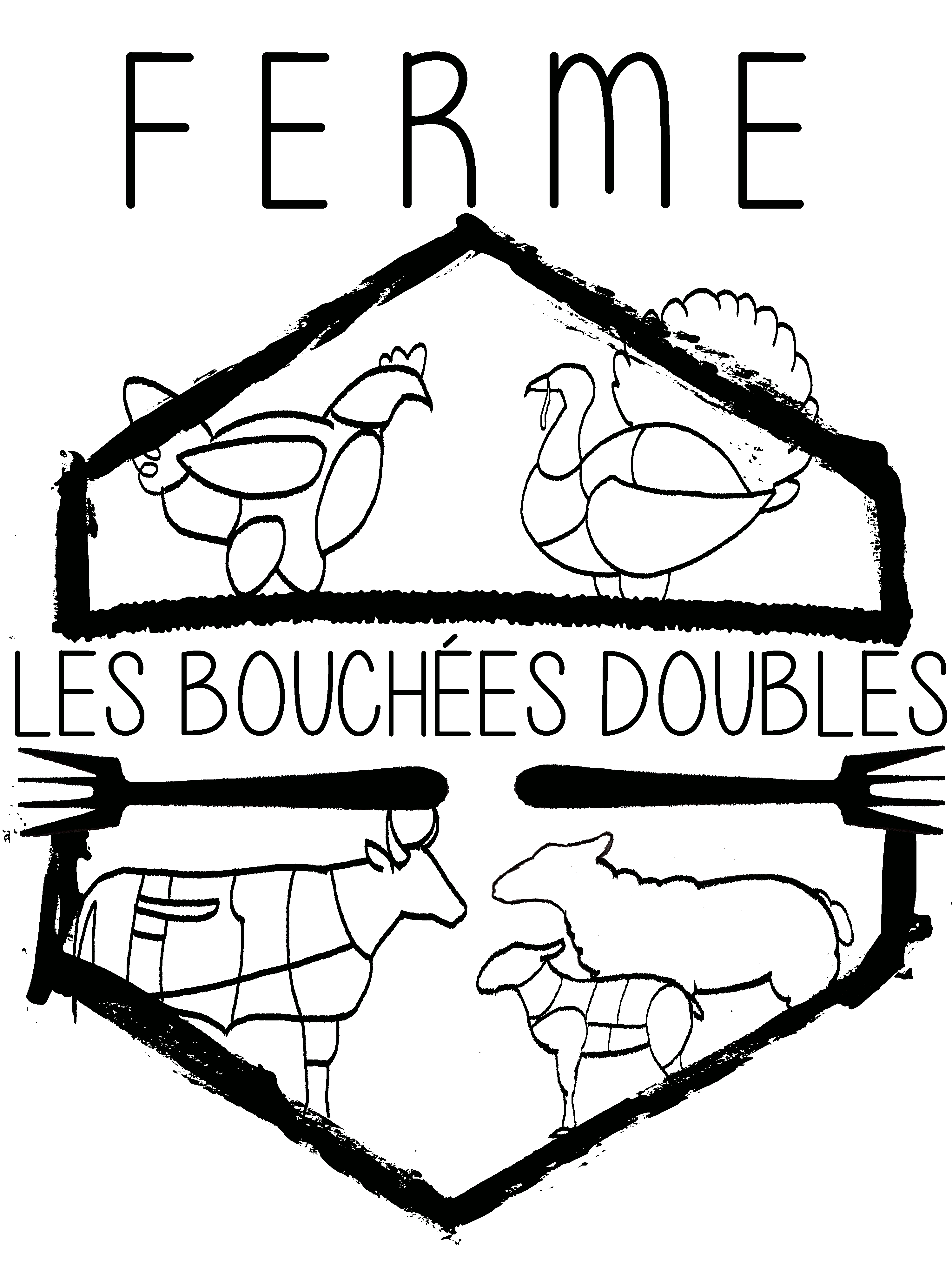top of page
Veal
All too often denatured by different commercial industries, veal breeding is nothing rocket science when we understand the basic needs of the animal. Our methods are closest to what is natural for a calf.

Taxes not applicable.
Smoking and sausages in sus.
Mild Italian
Spicy Italian
911 Italian
Tomato and basil
Honey and garlic
Cheddar and bacon
Toulouse
Merguez
Mexican
Portugueze
Brazilian
BBQ Brazilian
Beer
Spinachs
Pork and veal
Nursery
Most calves are born on the farm. Some, coming from neighbouring farms or partners, are carefully selected for their health and genetics (butcher breed, ie Angus, Bleu-blanc-belge, Hereford, Wagyu, etc.). They arrive on our site a few days of life.
They are then housed in the stable in small groups (2 to 3 per cubicle). For the first 2 months, they will be fed under the mother or by bottle with whole milk. Feed and hay are available right from the start, although they often don’t pay attention for several weeks.
Growth
After 2 to 3 months, the calves eat enough hay and feed on their own to stop depending on milk. We then proceed to a gradual weaning.
Once completely weaned, we assess each individual to ensure they are ready to join the herd. The calves then leave the barn to move to the pasture. Space and grass in abundance await them. This is where they will continue to grow over the next few months.
Finition
The stay of each calf depends on its growth curve. In general, they stay between 10 and 11 months on the farm. During this period, they can experience freedom, flock life and all that nature offers them.
Calves are considered ready to go when they reach a target weight according to their breed (Hereford, Bleu-blanc-belge, Angus, etc.).
bottom of page





